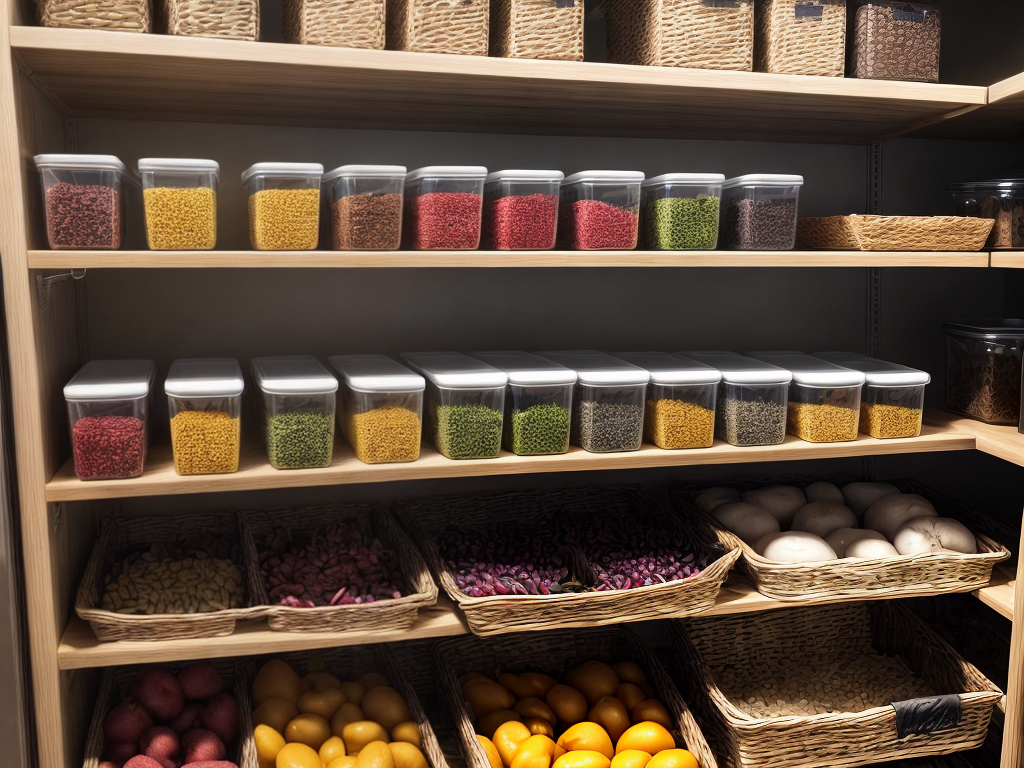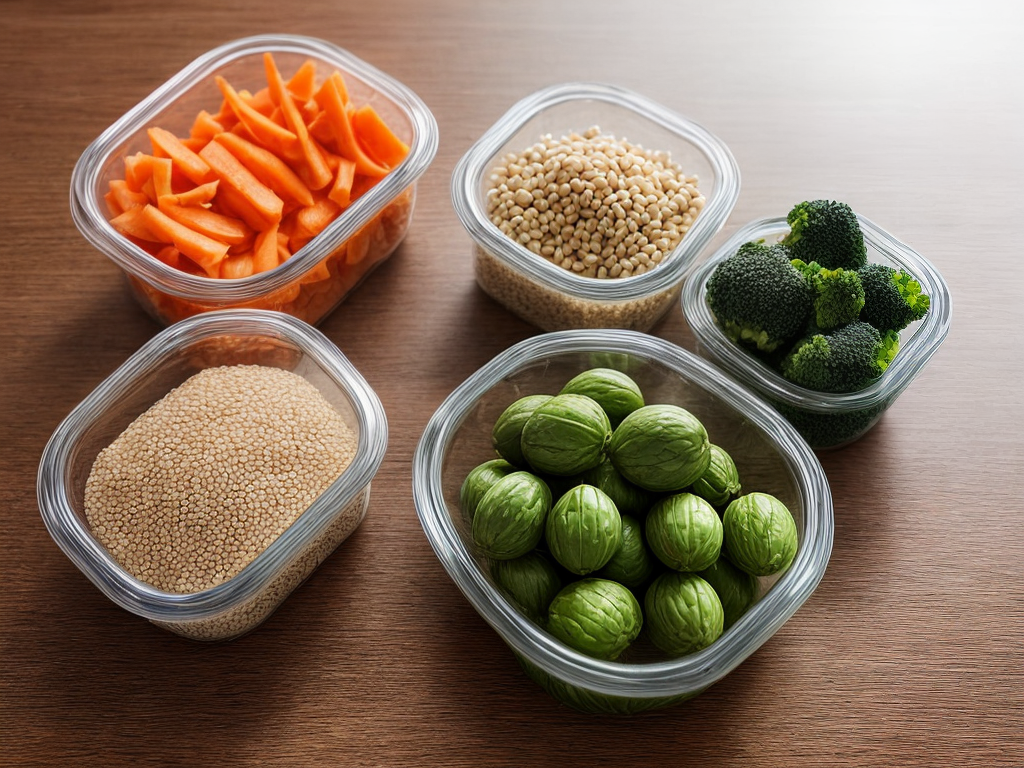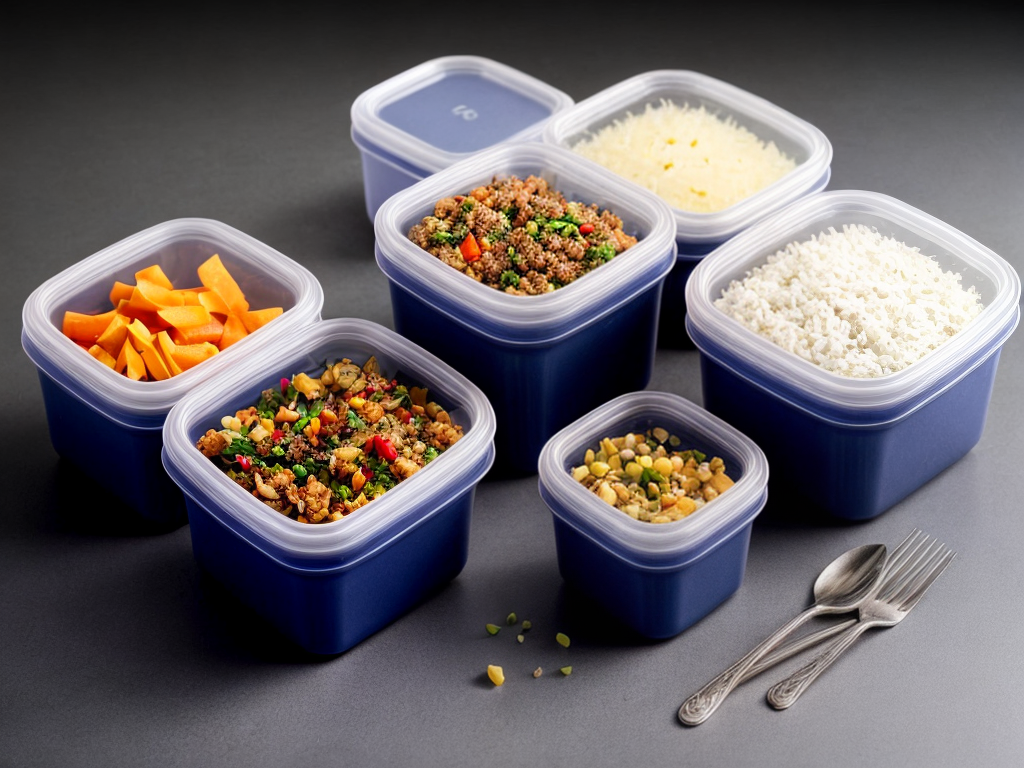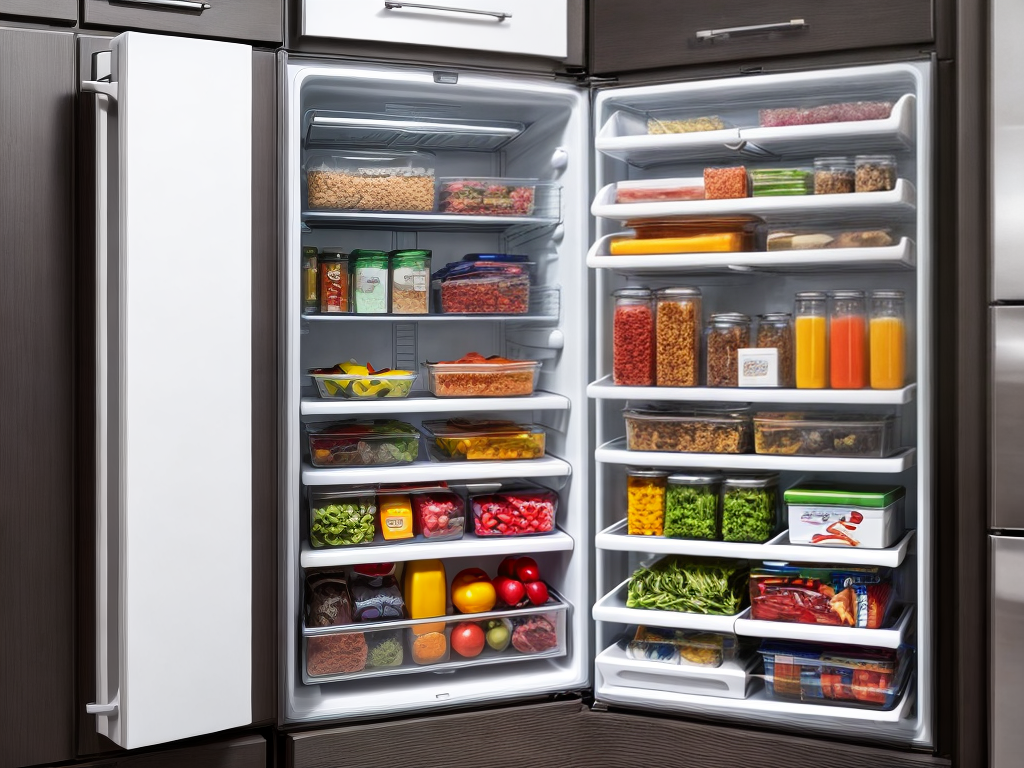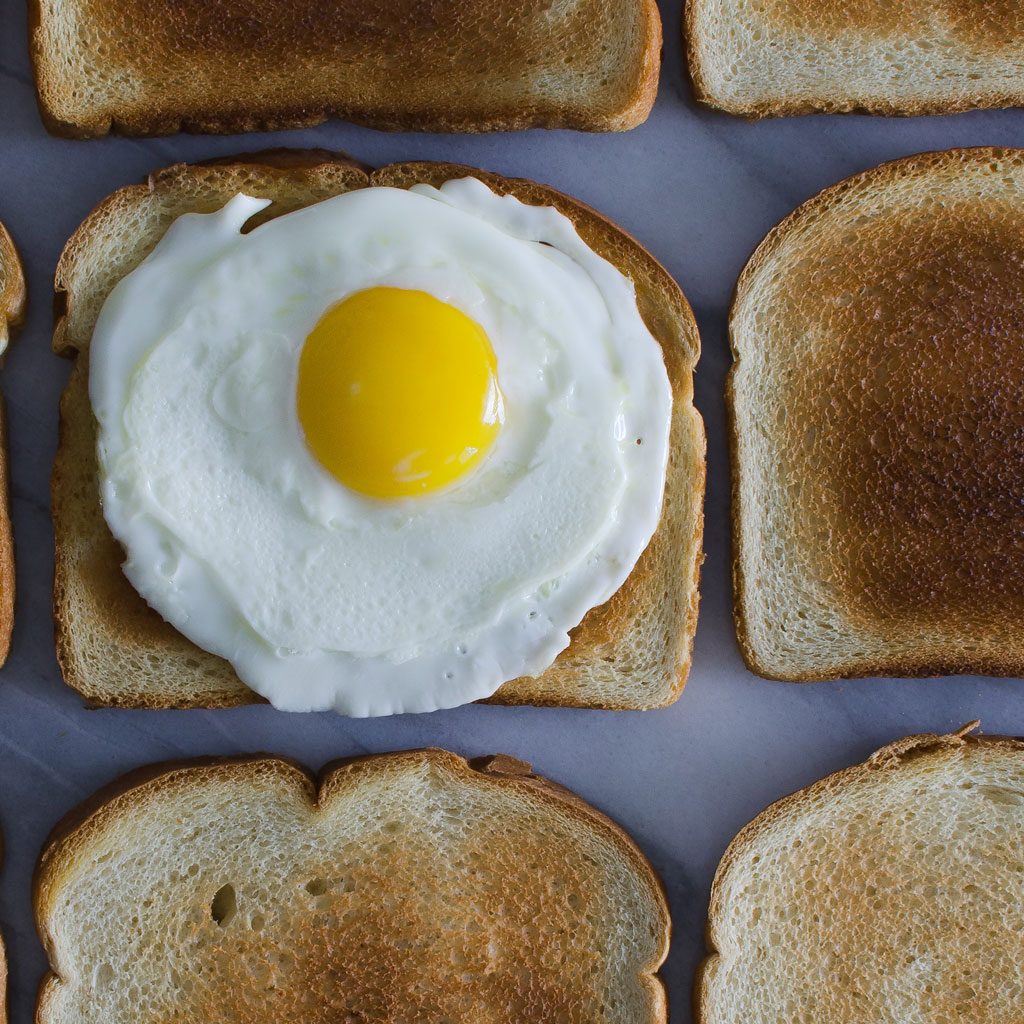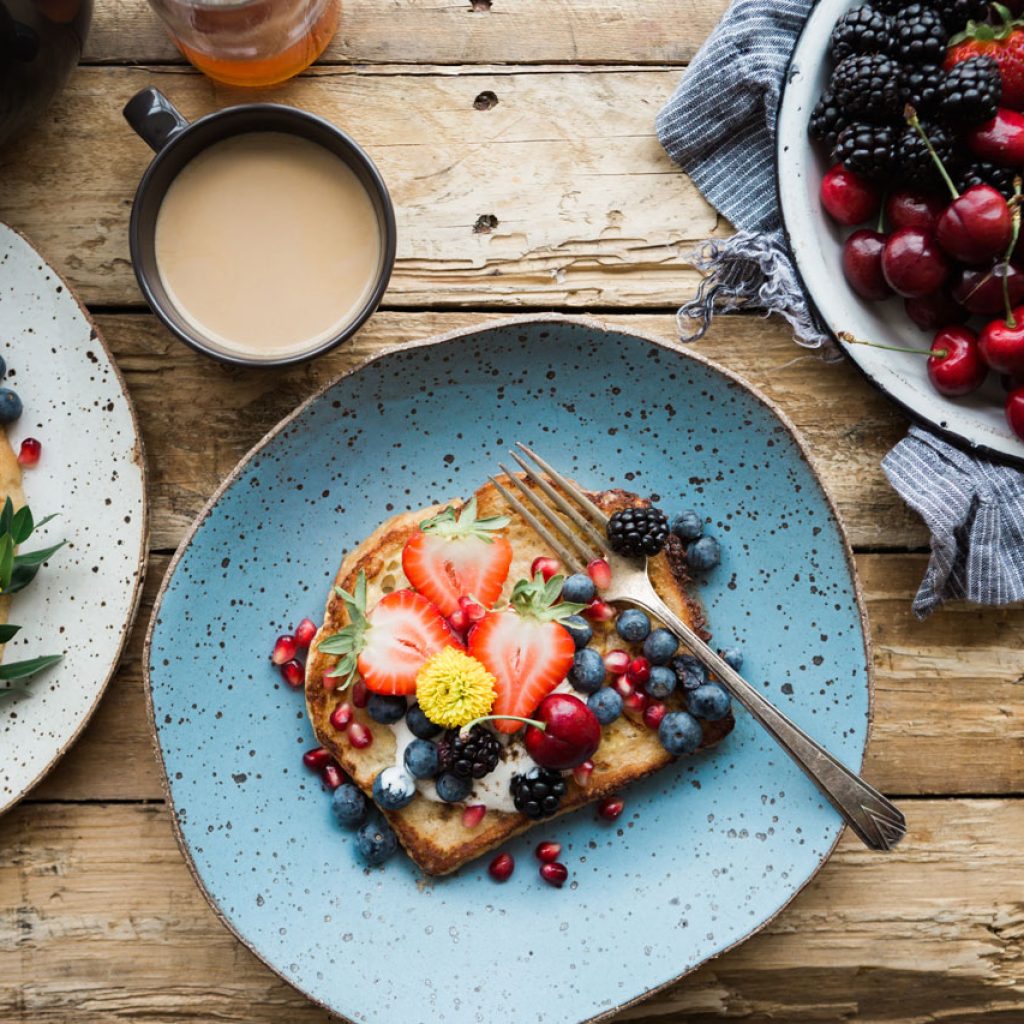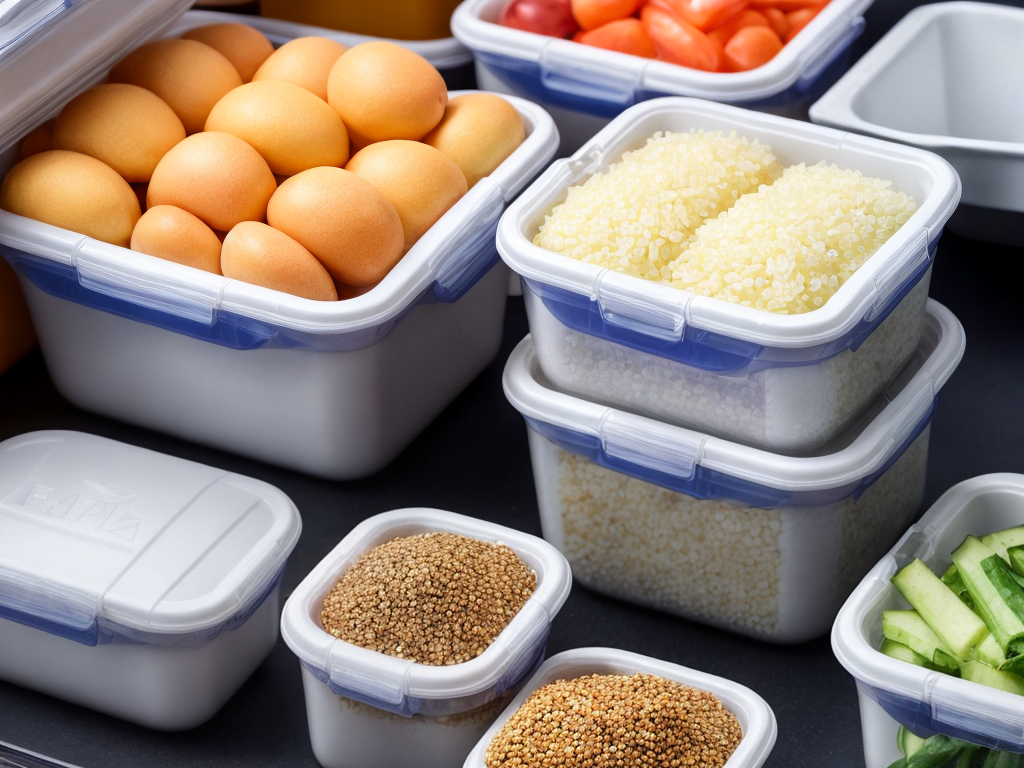
Have you ever wondered which containers are truly freezer-safe and which ones are not? Well, I’m here to shed some light on the subject. In this ultimate guide, we will explore the pros and cons of different types of containers, from plastic to glass, stainless steel to silicone, and even cardboard. Whether you’re looking for durability, eco-friendliness, flexibility, or affordability, there’s a freezer-safe container out there for you. So, let’s dive in and discover the best options for freezing your favorite foods and preserving their quality for longer.
Plastic Containers: Pros and Cons
When it comes to choosing freezer-safe containers, plastic containers have both pros and cons. Let’s start with the pros. Plastic containers are lightweight, making them easy to handle and store in the freezer. They are also less likely to break or shatter compared to glass containers, providing a safer option for freezing foods. Additionally, plastic containers are generally more affordable than other alternatives, making them a budget-friendly choice for freezer storage.
However, there are also cons to using plastic containers for freezing foods. One major concern is the potential for chemicals to leach into the food. Some types of plastic, such as those labeled with recycling codes 3, 6, and 7, may contain harmful substances like BPA or phthalates. These chemicals can migrate from the container to the food, especially when exposed to high temperatures. This can pose health risks over time.
For those looking for alternatives to plastic containers for freezing foods, there are a few options to consider. Glass containers, for instance, are a popular choice due to their durability and non-toxic properties. They do not leach any harmful chemicals into the food and can be safely used in the freezer. Stainless steel containers are another option, as they are sturdy, reusable, and free from potential chemical leaching.
Glass Containers: The Ultimate Freezer Storage Solution
I love using glass containers for freezing food because they offer numerous benefits. Glass is non-toxic and doesn’t leach any harmful chemicals into the food. Additionally, glass containers are durable, stain-resistant, and can withstand extreme temperatures. Proper care and maintenance, such as avoiding sudden temperature changes and using freezer-safe lids, will ensure that your glass containers last for a long time.
Benefits of Glass Containers
Using glass containers for freezer storage is the ultimate solution for preserving food. Glass containers offer numerous advantages over other materials. Firstly, they are non-reactive, meaning they won’t leach harmful chemicals into your food. This is especially important when storing acidic or oily foods, as plastic containers can contaminate the food with toxins. Secondly, glass containers are transparent, allowing you to easily see the contents without having to open them. This helps prevent unnecessary exposure to air and moisture, which can lead to freezer burn. Lastly, glass containers are durable and can withstand extreme temperature changes without cracking or warping. However, it’s important to note that glass containers are heavier and more prone to breakage compared to plastic or silicone options. Therefore, proper care and maintenance are essential to prevent accidents and extend their lifespan.
Proper Care and Maintenance
To ensure the longevity of glass containers and maintain their effectiveness as the ultimate freezer storage solution, proper care and maintenance are crucial. Here are four essential steps to follow for optimal freezer-safe container cleaning and preventing freezer burn:
-
Handwashing: Always wash glass containers by hand using warm soapy water. Avoid using abrasive cleaners or scrubbing pads that can scratch the glass.
-
Drying: Thoroughly dry the containers before placing them in the freezer. Moisture can lead to frost and freezer burn.
-
Filling: Leave enough headspace in the container to allow for expansion as the contents freeze. Overfilling can cause the glass to crack or break.
-
Storage: Store glass containers in an organized manner to prevent them from knocking into each other. Consider using dividers or cardboard to keep them separated.
Stainless Steel Containers: A Durable and Eco-Friendly Choice
Stainless steel containers offer a durable and eco-friendly choice for storing food in the freezer. When it comes to stainless steel container alternatives, there are a few options available, but none quite match the benefits of using stainless steel.
Firstly, stainless steel containers are incredibly durable. They are resistant to scratches, dents, and corrosion, ensuring that they will last for a long time. This durability means that you won’t have to worry about replacing your containers frequently, saving you money in the long run.
Additionally, stainless steel is an excellent choice for the environment. Unlike plastic containers, which can leach harmful chemicals into your food, stainless steel is non-toxic and non-reactive. It also doesn’t retain odors or flavors, ensuring that your food tastes fresh every time.
Furthermore, stainless steel is a sustainable option. It is 100% recyclable, making it an eco-friendly choice. By choosing stainless steel containers, you are reducing your carbon footprint and contributing to a healthier planet.
Silicone Containers: Flexible and Space-Saving Options
Silicone containers provide a flexible and space-saving solution for storing food in the freezer. Here are four reasons why silicone containers are a great choice:
-
Flexibility and durability: Silicone containers are made from a flexible material that can easily withstand extreme temperatures without cracking or breaking. This makes them perfect for storing both hot and cold food in the freezer.
-
Easy storage: Silicone containers are collapsible, which means they can be easily folded or squished down when not in use. This makes them a great space-saving option, especially for those with limited storage space.
-
Organization: Silicone containers often come with airtight lids that help keep food fresh and prevent freezer burn. Additionally, many silicone containers are stackable, allowing you to easily organize your freezer and make the most of the available space.
-
Versatility: Silicone containers can be used not only for freezing food but also for cooking, reheating, and even serving. They are microwave-safe, oven-safe, and dishwasher-safe, making them a convenient and versatile option for all your food storage needs.
Cardboard Containers: An Affordable Alternative for Freezing Foods
An economical alternative for freezing foods is using cardboard containers. Not only are cardboard containers affordable, but they also offer several benefits for freezing foods.
Cardboard containers are readily available and inexpensive, making them a practical choice for those on a budget. They come in various sizes and shapes, allowing you to find the perfect container for your freezing needs. Additionally, cardboard containers are lightweight and easy to handle, making them convenient to use.
One of the key advantages of using cardboard containers for freezing foods is their ability to insulate. Cardboard provides a layer of insulation, helping to maintain a consistent temperature and prevent freezer burn. This is especially beneficial for delicate foods such as fruits, vegetables, and baked goods.
To further illustrate the benefits of cardboard containers for freezing foods, let’s take a look at the table below:
| Benefits of Cardboard Containers for Freezing Foods |
|---|
| Affordable |
| Lightweight and easy to handle |
| Insulates to maintain temperature |
| Suitable for delicate foods |
| Environmentally friendly |
Specialty Containers: Explore Unique Options for Specific Freezing Needs
When it comes to freezing foods, it’s important to consider specialty containers that cater to specific freezing needs. These containers are designed to provide optimal storage and preservation for different types of food. Here are four unique options to explore:
-
Vacuum Sealed Bags: These airtight bags remove air from the packaging, preventing freezer burn and preserving the quality of the food. They are perfect for storing meats, vegetables, and even soups or stews.
-
Aluminum Foil: This versatile option is great for wrapping individual portions or leftovers. It provides a barrier against moisture and oxygen, keeping the food fresh. It is especially useful for foods that need to be reheated quickly, such as casseroles or grilled meats.
-
Freezer-Safe Glass Containers: These containers are made from durable tempered glass that can withstand extreme temperatures. They are ideal for storing homemade sauces, gravies, or baby food. The transparent material allows you to easily identify the contents, making meal planning and preparation a breeze.
-
Silicone Storage Bags: These reusable bags are a sustainable alternative to plastic bags. They are freezer-safe and can be used to store a variety of foods, from fruits and vegetables to marinated meats. They are also easy to clean and can be used in the microwave or sous vide cooking.
Conclusion
In conclusion, choosing the right freezer-safe containers is essential for preserving the quality and freshness of your food. Plastic containers offer convenience but may not be as durable or eco-friendly as glass or stainless steel options. Glass containers are the ultimate storage solution, providing durability and maintaining food quality. Stainless steel containers are a great choice for those looking for durability and sustainability. Silicone containers offer flexibility and space-saving options. Cardboard containers provide an affordable alternative for freezing foods. Lastly, specialty containers cater to unique freezing needs.

